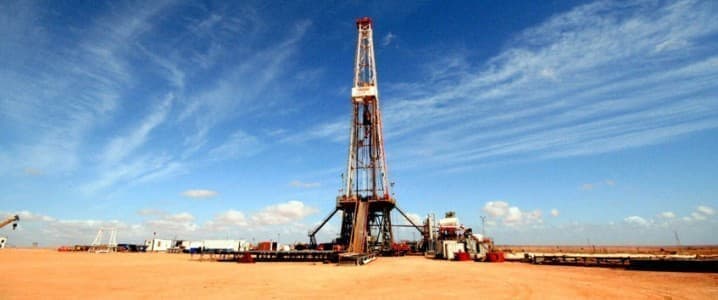U.S. crude oil output from shale basins could peak in 2024, a new note from Energy Aspect’s Amrita Sen cautioned.
The note referenced five crude oil producers in the United States that are considering cutting rigs at the start of the year due to inflation. The news comes as the United States shows signs of desperation for alleviating high gasoline prices at the pump by releasing millions and millions of barrels of crude oil from the Strategic Petroleum Reserve and by attempting—and failing--to strongarm OPEC+ into keeping production steady. Those steps are in lieu of ramping up its crude oil production.
The Energy Information Administration (EIA) has estimated that U.S. crude oil production in the seven most prolific shale basins will increase by 132,000 bpd from the September levels of 8.983 million bpd, according to the latest Drilling Productivity Report published mid-September. All eyes will be on the EIA’s latest version of the report, which will be released on Monday.
Not so long ago, the United States enjoyed serving as the swing producer in the global oil markets, able to match, step-by-step, OPEC’s production cuts through increases in its own production. But the United States has struggled to boost production this year, after seeing significant declines during the pandemic.
So far this year, the United States has managed to increase its total crude oil production by 200,000 bpd, with the White House moving to release more than a hundred million barrels of crude oil from the Strategic Petroleum Reserve to plug the gap left by the United States’ inability to boost production.
Should U.S. shale peak in 2024, it will be in the exact same position that OPEC+ feared getting itself into: a position where it is unable to respond to the needs of the market.
By Julianne Geiger for Oilprice.com
More Top Reads From Oilprice.com:
- U.S. Looks To Punish Saudi Arabia For Large OPEC+ Cut
- OPEC Slashes Global Oil Demand Forecast
- Oil Prices Slide As OPEC+ Bump Wears Off



















In the aftermath of the pandemic, shale oil producers have been giving one excuse after another for not being able to raise their production: either it has something to do with low numbers of oil rigs, or prices or declining well productivity or capital discipline.
The excuse most used is capital discipline but this has hardly anything to do with the inability of shale drillers to ramp up production and virtually everything to do with the fact that the sweet and lucrative spots in the shale plays have already been exhausted forcing drillers to move to poorer and more costly spots thus causing costs of production to rise and production to decline.
My estimate is that current shale production ranges from 9.5-10.0 million barrels a day (mbd). This means that when the time comes for the US to replace the 250 million barrels (mb) it has released so far from its strategic petroleum reserve (SPR), neither shale oil will be of any help nor would a global tight oil market have enough spare oil to oblige. And even if in the unthinkable eventuality that there were some spare oil in the market, the price the US has to pay is far higher than when it released the SPR oil.
Dr Mamdouh G Salameh
International Oil Economist
Global Energy Expert